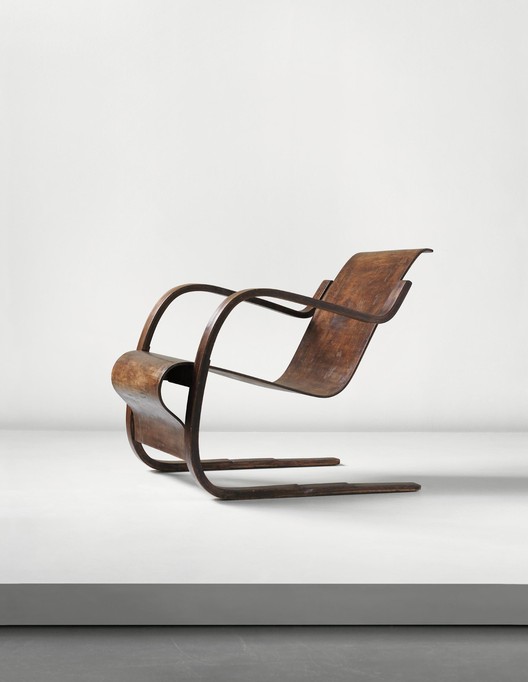
UPDATE: The auction has concluded and more than £5.6 million was made. Find out how much the famous, architect-designed relics went for after the break.
Next week, a rare collection of over 100 relics designed by some of architecture’s most significant practitioners from the last two centuries will be auctioned off at the Phillip’s in London. Ranging from a full-scale paper tea house by this year’s Pritzker laureate Shigeru Ban to the Peacock chair designed by Frank Lloyd Wright for Tokyo’s Imperial Hotel, the items being showcased and sold are an ode to the ideas in which have had a profound impact on our built environment.
An exhibition of the items, appropriately titled “The Architect,” is already underway, prior to the auction on April 29.
Works by Gerrit Rietveld, Le Corbusier and Oscar Niemeyer are all available for purchase. Read on for a preview of the highlighted items...









